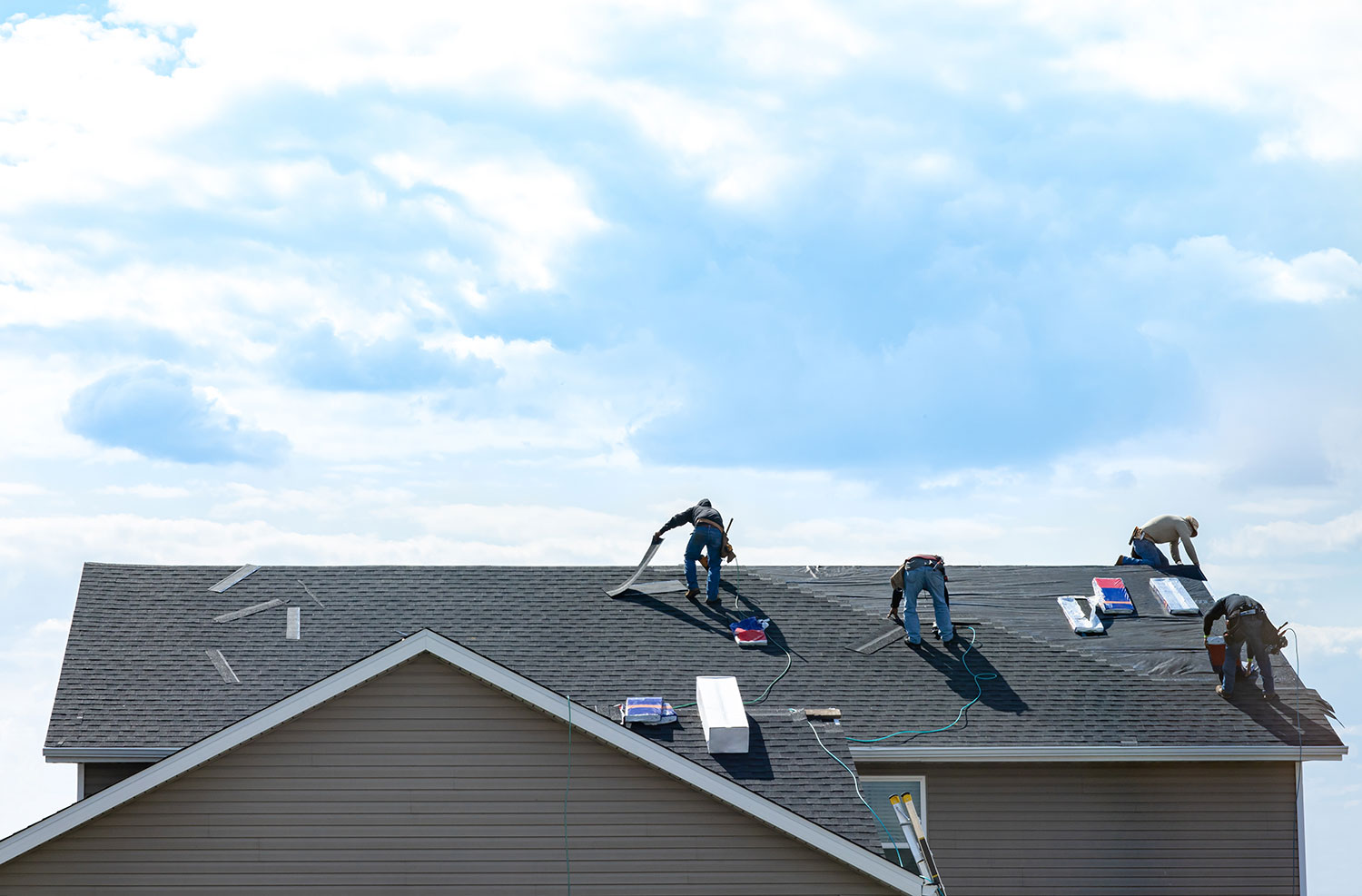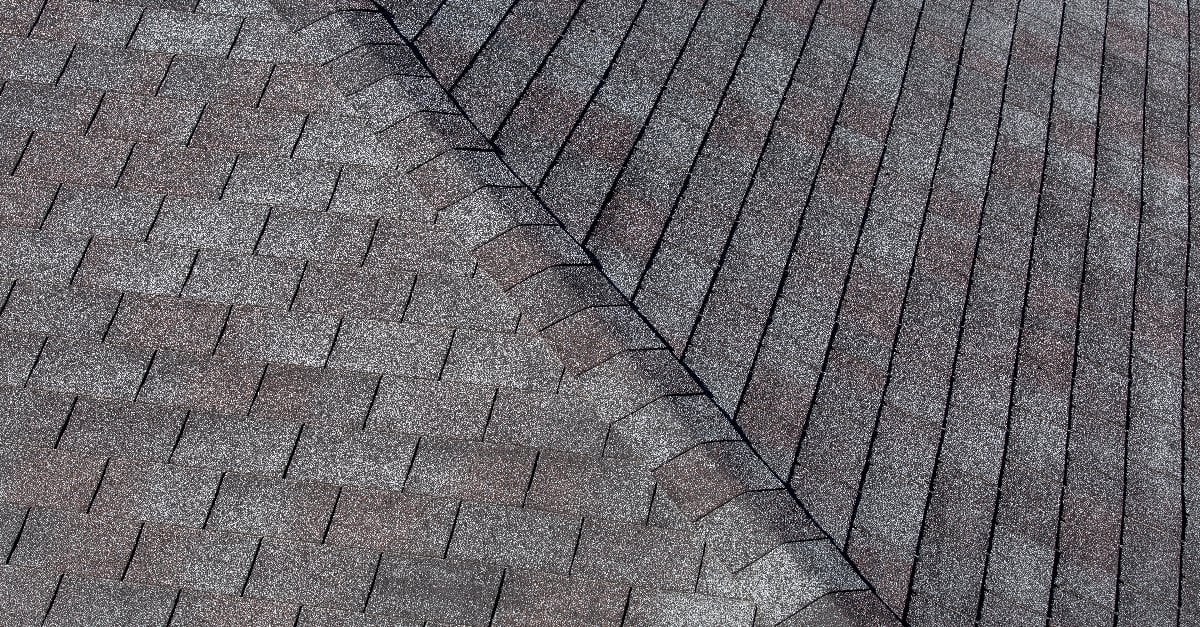If you're a roofer, you know the importance of having the right roofing tools for the job. Roofing is a tough industry, and it can be hard to find good quality tools that last. That's why I'm excited to tell you about The Pitch Hopper: the roofing industry's best-kept secret. This is the quintessential tool for all of your roofing jobs. It's essential for any professional roofer who wants to reduce fatigue and get the job done easily and safely for inspections and repairs on roofs!
What tools are used for roofing?
The most essential roofing tools are ladders, hammers, roofing hatchets, nail guns, roofing square and chalk lines, roofing knives, shingle shears, roofing levels, roofing shovels, roofing shoes, and many other roofing tools.
A ladder is the most common tool used by a roofer. Ladders come in all shapes and sizes and can be made of wood, aluminum, or fiberglass.
The second most common of all roofing tools is the roofing hammer. Roofing hammers are used to drive nails into the shingles and hold them in place. Roofers use roofing hatchets to cut shingles, while roofing squares and chalk lines are used to mark straight lines on the roof. Roofing knives are used to cut through the shingles, while shingle shears are used to cut the nails that hold the shingles in place. Roofing levels are used to make sure the roof is level, while roofing shovels are used to remove debris from the roof.

Roofing Ladders
There are many different types of ladders that a roofer can use, but the most common type is the extension ladder. Extension ladders are made of aluminum or fiberglass and can be anywhere from 16 feet to 40 feet long.
The second most common type of ladder used by roofers on job sites is the step ladder. Step ladders are typically made of wood or metal and can be anywhere from 6 feet to 12 feet tall.
Some roofing companies may also use folding ladders, but whatever you choose, make sure safety is your top priority. Select the right ladder for the job.
Roofing hammers
Roofing hammers have been used by roofers for decades. This specialized hammer is designed to be used on a roof, similar to how an ice scraper is meant to be used on the windshield of your car. The handle of the tool is slightly shorter than that of a standard hammer but with a larger head at one end so that it can hold more weight than other types of hammers. This gives roofers extra force when driving nails into shingles or tiles over steeply pitched roofs or difficult angles where other roofing tools would not be as effective.
Roofing Hatchet
A roofing hatchet is a tool that roofers use to cut through shingles. The roofing hatchet has a long, thin blade that's designed to cut through the shingles easily. The roofing hatchet also has a flat head on one side so that it can be used to pry up nails.
The Pitch Hopper
To stand on a nearly vertical wall, a roofer can use a pitch hopper that will function as a temporary working surface and make any job easier.
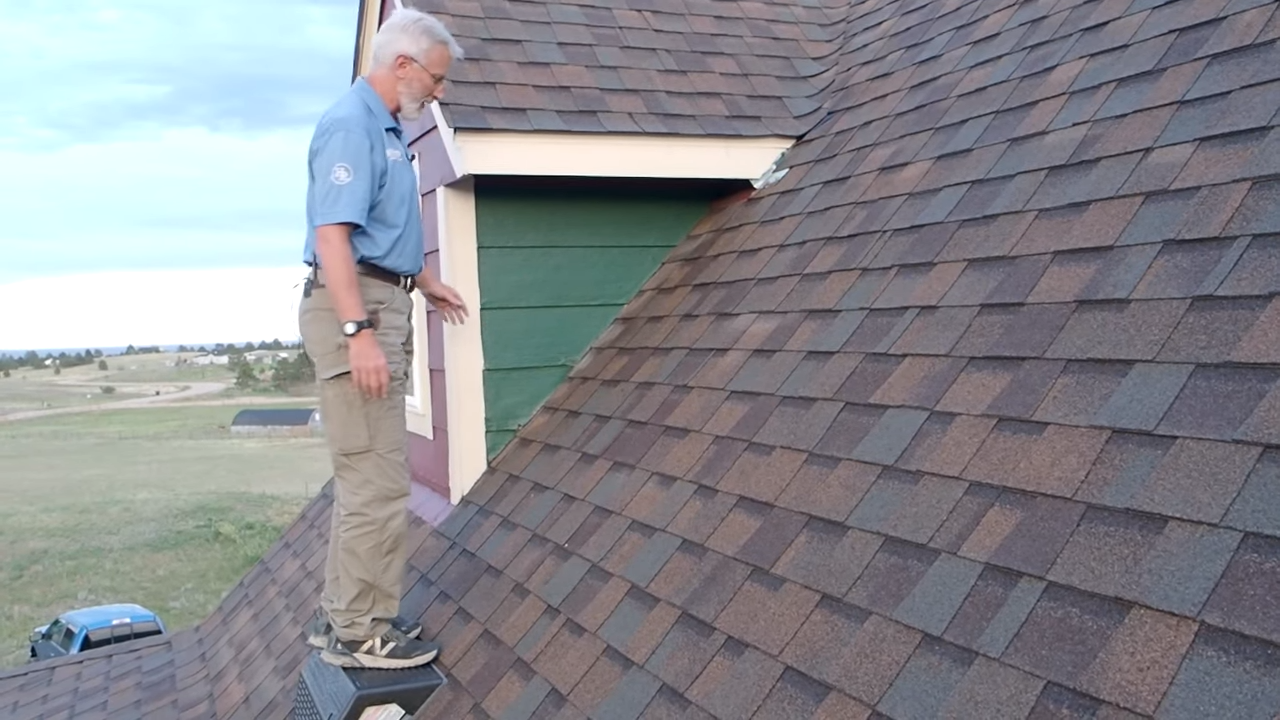
The Pitch Hopper is a 6 lbs ergonomically designed roofing tool that a roofer can use at the job site while working on a steep roof to increase productivity and safety.
This roofing tool sticks on the roof by simply tossing it on the asphalt shingles, giving you a better grip. It will support not only a roofer's weight, but the force of jumping up on, or even dropping 70 pounds of shingles on it!
The Pitch Hopper features friction force foam on the underside to grip asphalt shingles and other roofing material. The Pitch Hopper will reduce daily fatigue as it uses its unique wedge shape features to stick to steep pitches. With its superior grip surface, the pitch hopper creates a stable surface without any sort of roofing nails or attachments, and it can hold your weight on even the steepest asphalt roofs.
The Pitch Hopper is the best-kept secret in the roofing industry because it makes working on a steep roof so much safer. If you're a roofer, make sure you get your hands on one of these essential tools! Roofing can be a tough job, but with the right tools, it can be easier and safer.
Pitch Hopper Features:
- Durable. Ergonomic. Light. (only 6 lbs)
- Friction Force Foam (grips roofs with ease!)
- Easy Grab Handles (flexible and easy to carry)
- Increase Productivity (and reduce fatigue)
- Anti-Slip Textured Grip Plate (remain standing for longer)
Real-World Uses
If you are responsible for inspecting a roof, i.e. an adjuster or a roofing salesman, how could you use this? Well, if you had two of them, you could stair-step up or down the roof.
Or, if you're trying to inspect a steep roof for hail as an adjuster or roofing inspector, you can now stand on a surface without putting strain on your ankles and it also ensures your safety.
A roofer could also use it as a surface for their toolbag for quick repairs, or otherwise at the roofing job site to hold anything they need!
Safety Equipment and Precautions
If you're doing roofing work, you still need safety harnesses and other safety equipment. You will still need to have your rope tied off and the other end attached to your chest harness. Another thing to keep in mind while standing on a pitch hopper is you need to keep your weight centered-- If you lean too far to one side, the hopper will start to slide.
The pitch hopper is an incredible device that can make a roofer's job much easier and safer. It's important to always practice safety first when using any kind of roofing tools and with the proper safety precautions, the pitch hopper can be an incredibly useful tool for any roofer.
Roofing cement
Roofing cement is a special kind of cement that is used to secure roofing materials to the roof. Roofing companies use it to fasten shingles, metal flashings, and other materials to the structure of your home or business.
Roofers often trowel this kind of cement onto a shingle before securing it in place on top of another layer of shingle or another surface such as plywood sheathing that has been nailed into place by carpenters during construction work.
Roofing nails and nail guns
A nail gun is a tool that uses a pneumatic piston to drive nails into wood, plastic, or other materials. Nail guns are powered by compressed air and used in a wide variety of construction and woodworking applications.
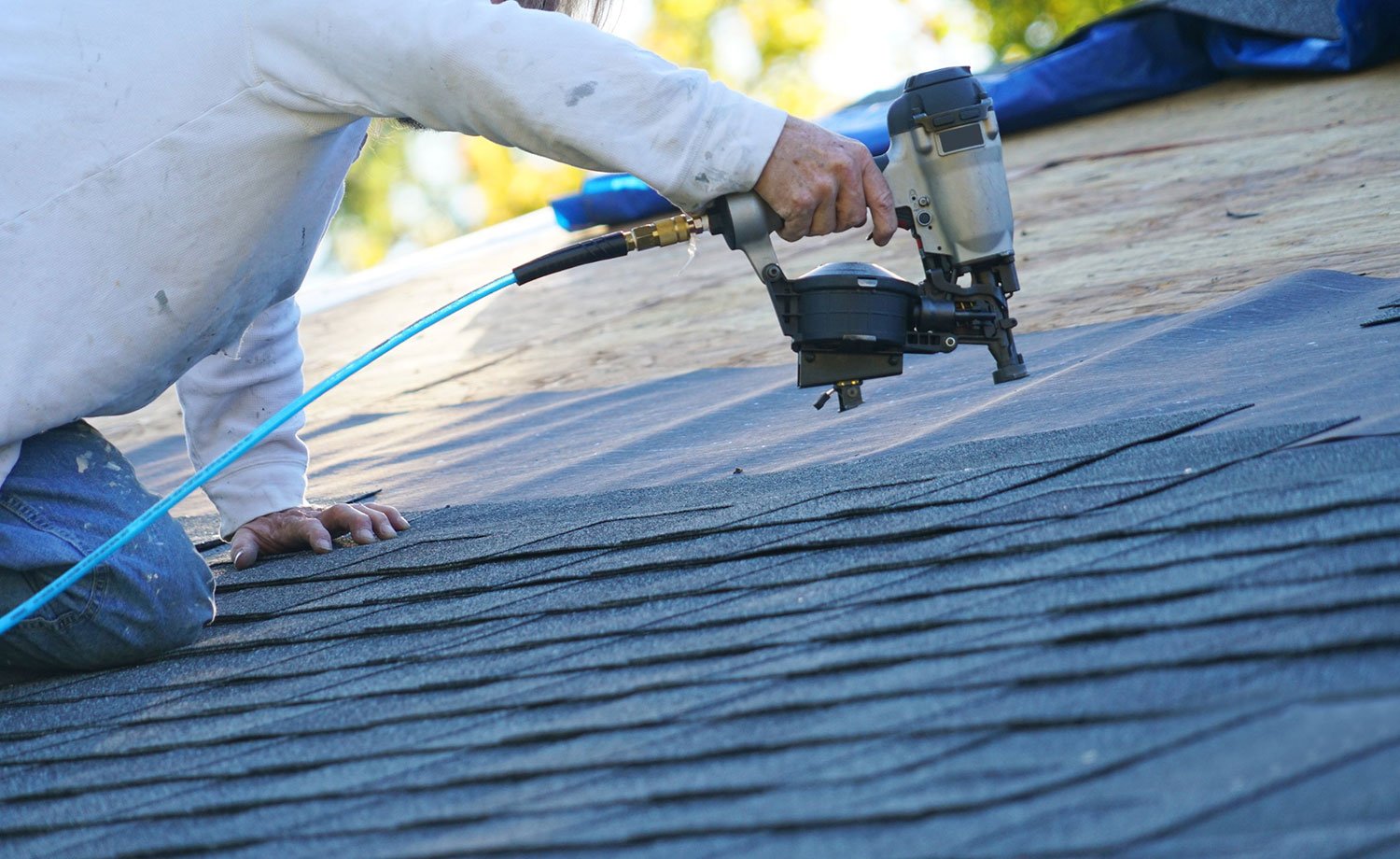
There are many different types of nail guns on the market today, each suited for different applications. Some nailers are designed specifically for framing while others work well-driving decking boards or sheathing. Some models can be used with multiple sizes of nails, while others operate with just one size at a time.
A nail gun can be used both indoors and outdoors depending upon the temperature rating of its components (i.e., air hose). It's important that you check all specifications before using your tool outside in extreme temperatures so as not to damage its components due to exposure over time."
Utility Knife
A utility knife is a versatile tool that can be used for a variety of tasks, from opening boxes to cutting carpeting and drywall. Utility knives come in many different shapes and sizes, and the best ones for you will depend on the task at hand.
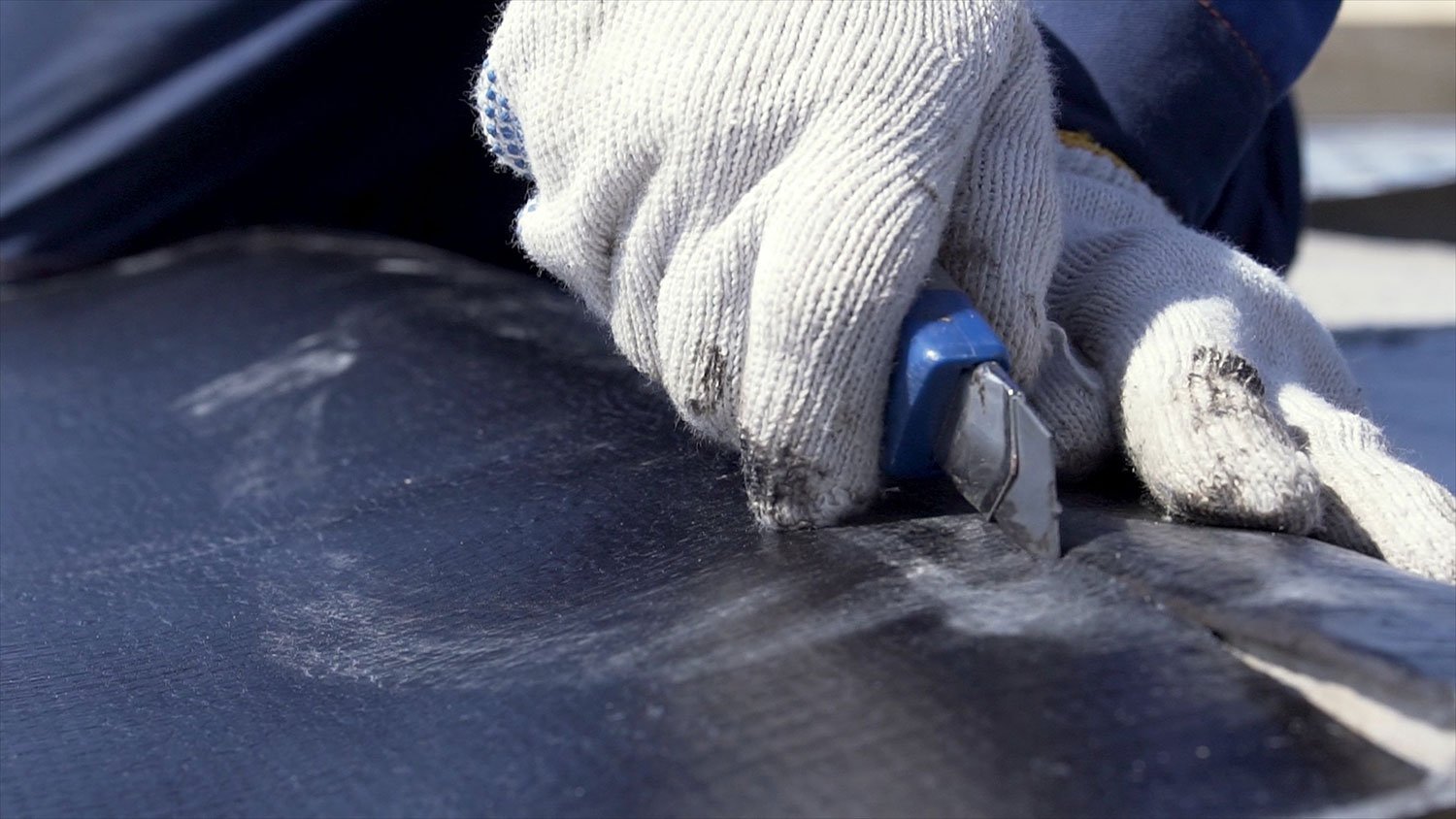
Some knives have fixed blades, while others have retractable blades. Some are designed for heavy-duty tasks, while others are better suited for light-duty tasks. Utility knives can be found at most hardware stores.
When selecting a utility knife, always consider the task at hand and choose the knife that is best suited for that particular job. They are relatively inexpensive, so it's often a good idea to have a few different types on hand so you're always prepared for any task that comes your way.
Air Compressor
An air compressor is a device that converts power (using an electric motor, diesel or gasoline engine, etc.) into potential energy stored in pressurized air (i.e., compressed air). By one of several methods, an air compressor forces more and more air into a storage tank, increasing the pressure. When needed, the compressed air is released and used to power pneumatic tools, blow up inflatable products such as tires or pool toys, or to operate air cylinders. Air compressors are used in a wide variety of applications, from small handheld devices to large industrial machines.
Air compressors come in a variety of sizes, from small portable units to large stationary units. The size of the compressor you need will depend on the specific application.
The most important thing to consider when choosing an air compressor is the specific purpose for which it will be used. Air compressors can be used for a wide range of applications, from inflating tires to powering pneumatic tools. Choose a compressor that is best suited for the task at hand.
Shingle Shears
Shingle shears are a type of power tool used by roofers to cut asphalt shingles. Shingle shears look like a large pair of scissors and are powered by an electric motor. Shingle shears make quick work of cutting shingles, and are an essential tool for all of your roofing jobs.
Shingle shears can be found at most hardware stores or home improvement stores. They are relatively inexpensive, and an essential tool for any roofing job.
When using shingle shears, always be sure to wear safety glasses or goggles to protect your eyes from flying debris. Also, be sure to keep the blades of the shears clean and sharp to ensure smooth, clean cuts.
Roofing Levels
A level is a tool used to measure whether a surface is horizontal (level) or vertical (plumb). Levels are used in a variety of applications, from measuring the level of a tabletop to ensuring that a shelf is a level.
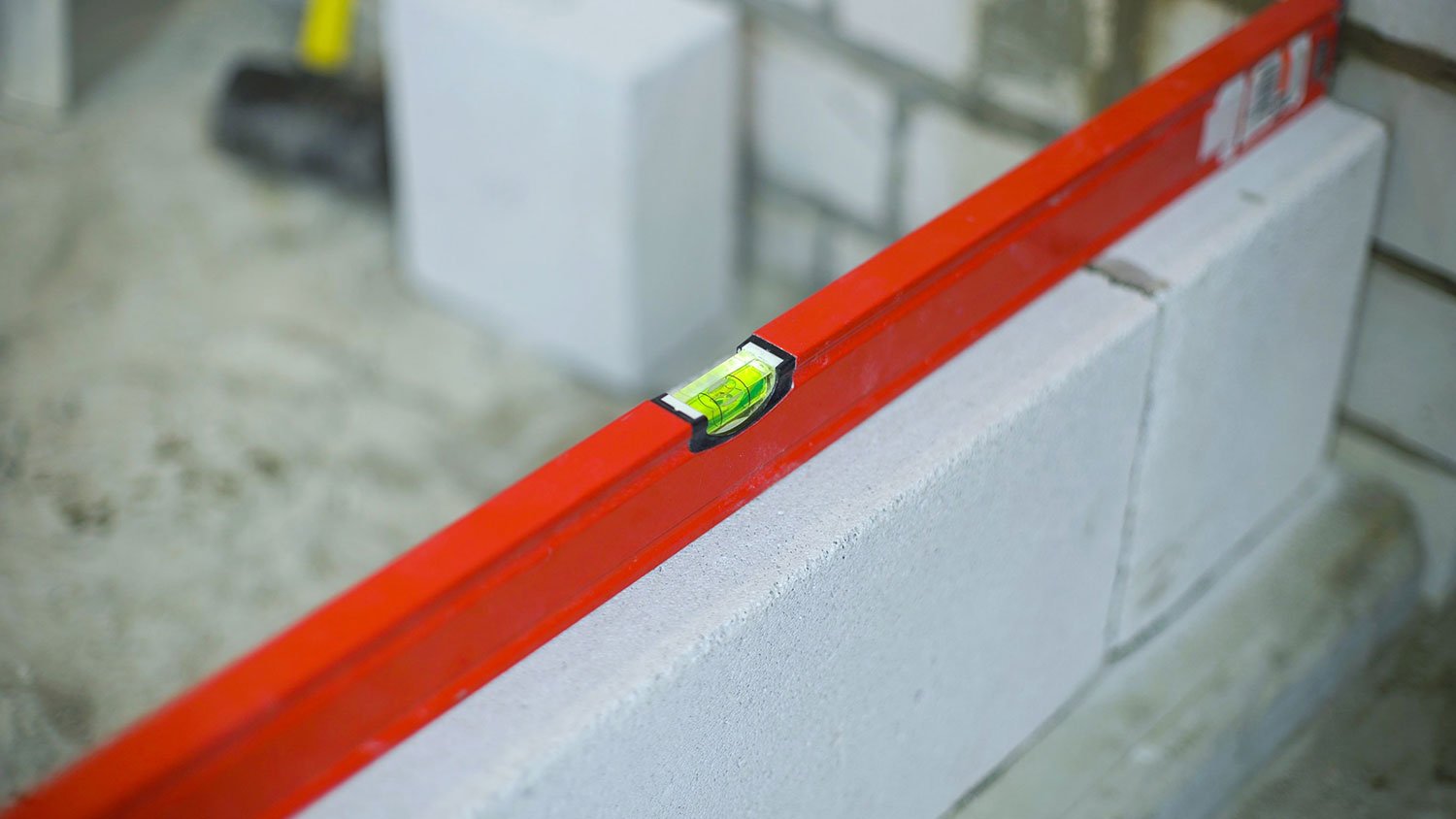
Roofing levels are essential tools for any roofing job. They help to ensure that the roof is level, which prevents damage to the roof and the home.
There are many different types of roofing levels available on the market, from small handheld levels to large laser levels. The type of level you need will depend on the specific roofing job.
Most hardware stores or home improvement stores will carry a variety of roofing levels. When choosing a roofing level, always consider the specific job and choose the level that is best suited for that particular job.
Roofing Steel Toed Shoe
A roofing shoe is a type of steel-toed shoe specifically designed for roofing work. A roofing shoe has a variety of features that make them ideal for roofing, such as slip-resistant soles and reinforced toes.
When choosing a roofing shoe, always consider the specific job that you will be doing. There are many different types available on the market, from light-duty shoes to heavy-duty boots. Choose the shoe that is best suited for the job at hand.
Roofing shoes can be found at most hardware stores or home improvement stores. They are relatively inexpensive and an essential piece of safety equipment for any roofing job.
When wearing steel-toed shoes, always be sure to wear socks to prevent blisters. Also, be sure to break in new shoes before wearing them on a roofing job. Otherwise, you may risk slips, trips, and falls.
Tin Snips
Tin snips are hand tools used for cutting tin, metal, and other materials. Tin snips come in a variety of shapes and sizes, and are designed for different types of cuts. The most common type of tin snip is the straight-cut tin snip, which is used for cutting straight lines.
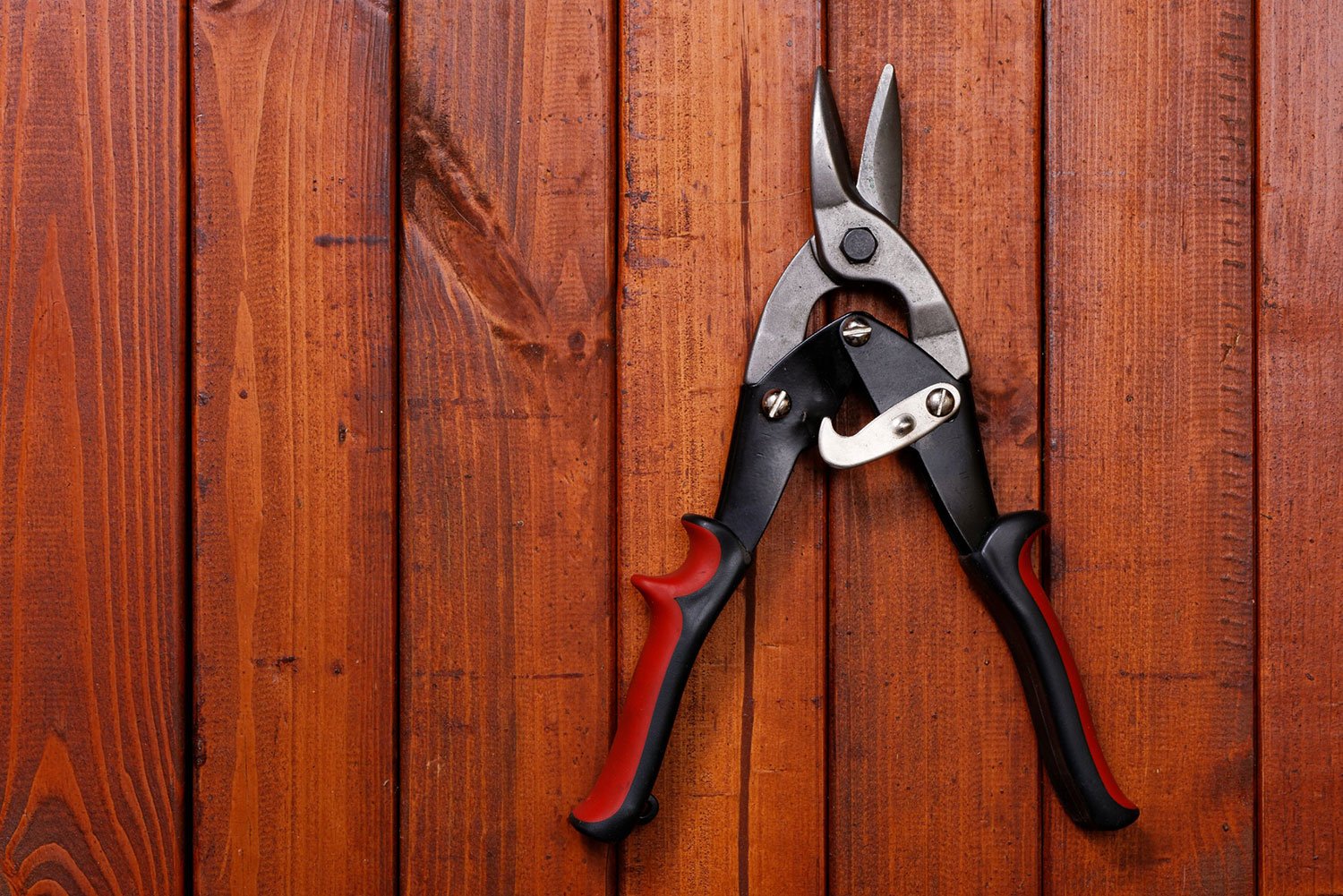
Tin snips are an essential tool for any tin roofing job. They are also useful for a variety of other jobs, such as cutting metal siding or gutters.
Caulking Guns
A caulking gun is a hand tool used to apply caulk, sealants, and adhesives. Caulking guns come in a variety of sizes and styles, from small handheld guns to large industrial guns. The type of caulking gun you need will depend on the specific job.
What tools do you use to take shingles off a roof?
You can remove asphalt from your roof using standard square-sided shovels. You will also need a pry bar to remove the nails holding the shingles in place. It is important to wear gloves and eye protection when working with asphalt roofing.
If you are removing tile roofing instead of shingles, you will need a hammer and chisel to remove the tiles. You may also need a pry bar to remove the nails.
Other roofing tools
A roofing shovel is a versatile tool that can be used to dig out old shingles, but it can also be used for digging through rocky soil. It's important to choose the right size and material for your particular needs.
Conclusion
With so many tools to choose from, it can be difficult to know which ones are worth the investment. Just remember that tools are only as good as the people using them, and you'll have no problem finding something that will work for your needs. Now get out there and get started on that roofing job!



